Art Fairs
Miami’s Art Fairs Can Account for 50 Percent of a Gallery’s Annual Sales. Here’s How Dealers Are Coping With Their Cancellation
While some in the trade focus on their bottom lines, others see benefits to slowing down.
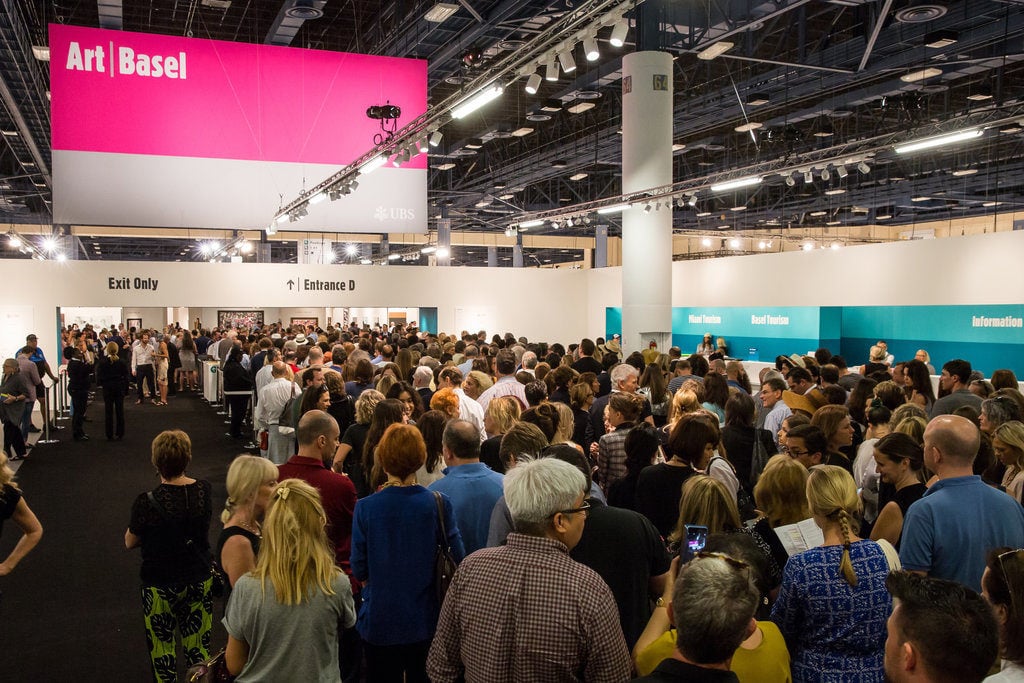
While some in the trade focus on their bottom lines, others see benefits to slowing down.

Eileen Kinsella

What happens when one of the largest and most lucrative art events of the year gets cancelled?
Hundreds of dealers from all over the world who are regular exhibitors at Art Basel in Miami Beach are about to find out—and they’re bracing themselves for a sobering result.
After the forced cancellation of the Hong Kong and Switzerland editions of the event earlier this year, organizers briefly held on to the hope that Miami could proceed in December as planned, before finally announcing on September 2 that the in-person edition would not take place, and would be replaced by a virtual fair.
For Miami Beach, the cancellation has serious implications.
“In addition to the estimated $16 million in revenue Art Basel generates for our community, arts and cultural organizations have experienced devastating financial and artistic losses” in the past few months, Brandi Reddick, Miami Beach’s cultural affairs manager, told Artnet News in an email.
Calling the economic impact “huge,” Miami Beach mayor Dan Gelber told Miami Today that “more private jets show up to Art Basel than the Super Bowl.”
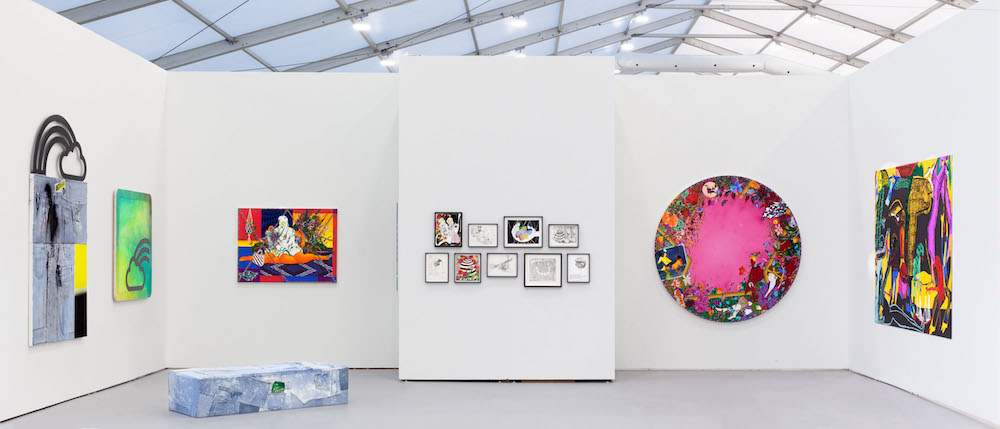
Installation view of Shulamit Nazarian’s 2019 booth presentation at UNTITLED. Image courtesy of Shulamit Nazarian, Los Angeles.
For the art trade, the loss is similarly devastating. The week of Art Basel is the busiest time of the year, says Miami-based art advisor Karen Boyer, to the extent that it’s impossible to get clients to focus on anything else.
Typically, the months leading up to the fair—which Boyer calls “back to school” for the art world—are frustrating ones, she says, with clients waiting out major fairs like Frieze in London and EXPO in Chicago until December comes around.
“I try to re-engage clients but they tell me, ‘I want to wait and see what’s at Art Basel Miami,'” she tells Artnet News. “It’s Miami, Miami, Miami. Everyone comes here. They want to buy. It’s status to say you bought something at Art Basel in Miami.”
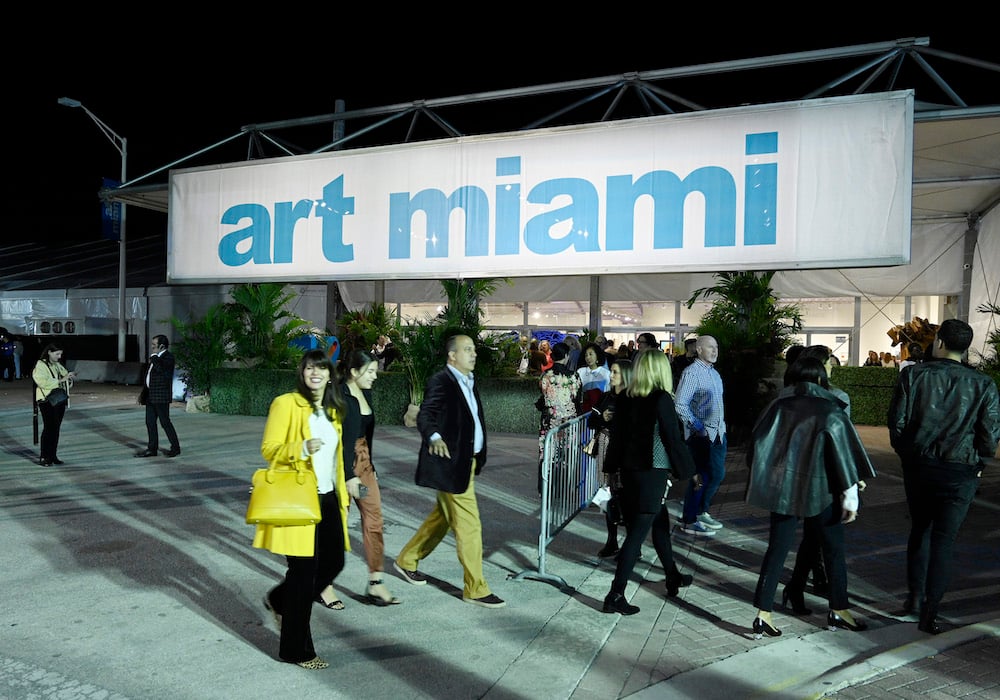
Crowds at Art Miami in 2019. Photo by Eugene Gologursky/Getty Images for Art Miami.
“It has a huge impact from December on throughout the rest of the year, as far as sales and contacts,” said Miami dealer and gallery owner Fredric Snitzer, who has participated in the fair from the start. (Originally scheduled for 2001, the inaugural edition of the fair was pushed back a year following September 11.)
And of course, it’s not just Art Basel that benefits from all the action: more than a dozen satellite fairs around the city entertain the roughly 80,000 visitors that flock to Florida each December—and now those fairs are also cancelled.
“Over the last 18 years, Miami Art Week has been the most important and consistent week in America for galleries, in relation to the revenue they generate and the connections they make for their artists,” says Nick Korniloff, director of the Art Miami fair, which also operates fairs the Aqua Art Miami and Context fairs that same week. The company announced the cancellation of all its live events in December shortly after Art Basel did.
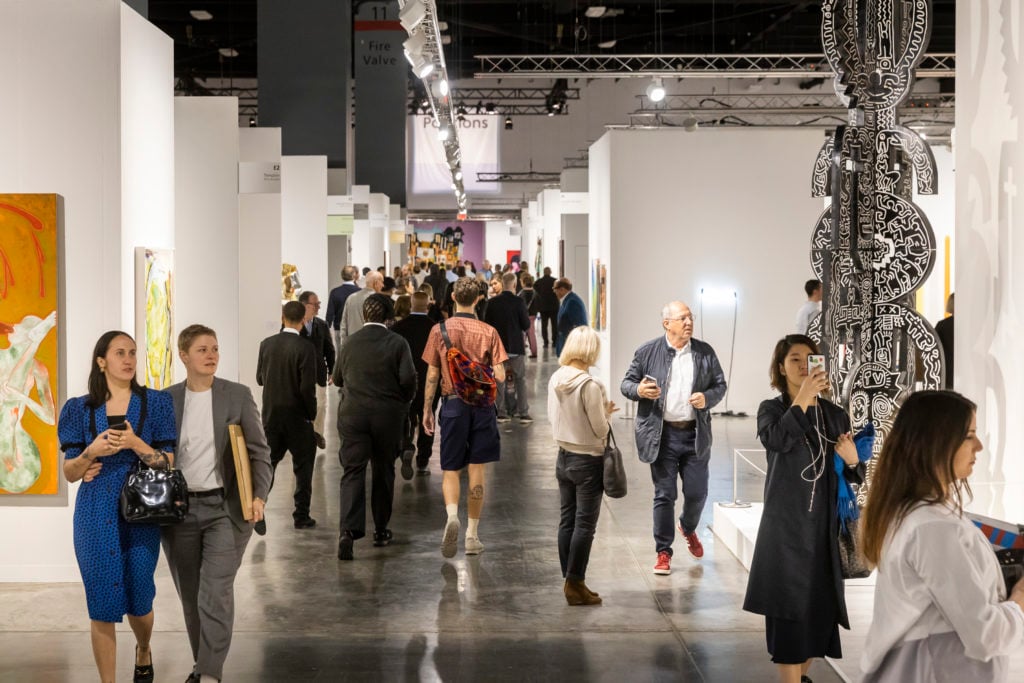
Art Basel Miami Beach in 2019. © Art Basel.
One New York dealer estimated that the gallery’s participation in the well-received Untitled art fair, another satellite event, accounted for roughly 25 percent of its annual sales each year.
Other dealers who spoke to Artnet News said that particularly for smaller or mid-size galleries, the immediate and follow-up business done as a result of Miami participation could run anywhere from 30 percent to 50 percent of annual sales.
Art Basel Miami affords “tremendous exposure to an international market that I don’t have the rest of the year,” Snitzer says.
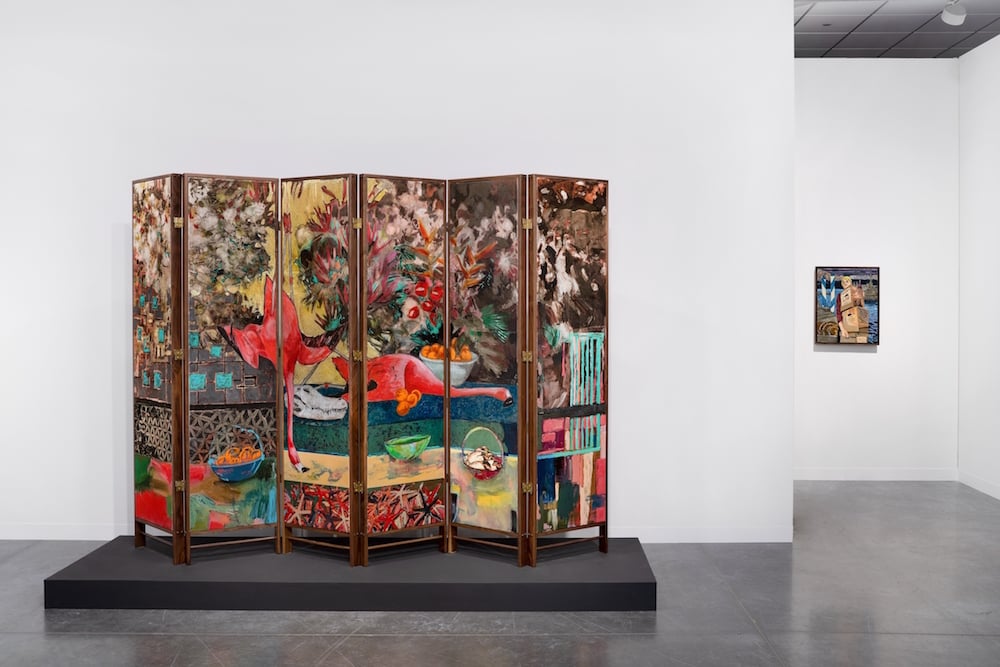
Installation view of Distinctively Floridian by Hernan Bas, Art Basel Miami Beach 2019.
Image courtesy of Fredric Snitzer Gallery, Photography by Zachary Balber
According to a recently released study from Art Basel and UBS, the cancellation of art fairs in the first half of 2020 meant that sales made through such events were drastically reduced, down from 46 percent of total art sales in 2019 to just 16 percent in the first half of this year.
The biggest declines were seen at the high end of the gallery sector, according to the report, which was based on a survey of 795 Modern and contemporary art galleries.
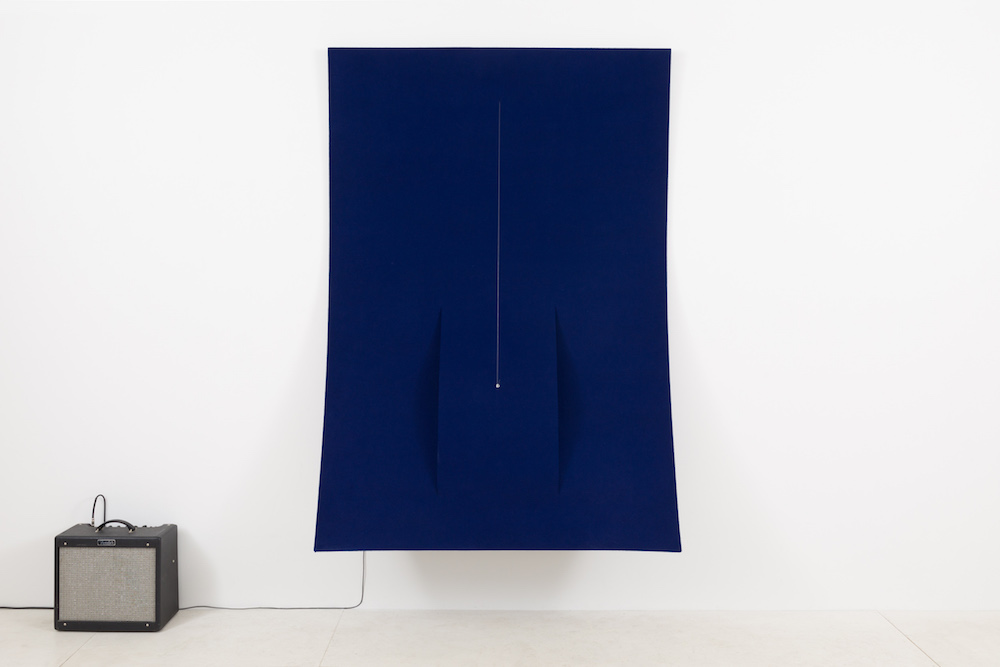
Naama Tsabar, Work on Felt (Variation 21) Dark Blue (2019). Image courtesy the Artist and Shulamit Nazarian, Los Angeles.
Seth Curcio, senior director of the Los Angeles gallery Shulamit Nazarian, was especially excited this year because the gallery had been accepted into Art Basel for the first time.
In lieu of the live edition, the gallery will now show in Basel’s online viewing rooms, and will present the in-person solo exhibition by Naama Tsabar that it planned for Miami in Los Angeles instead.
“We’re preparing as best we can to make the most of it, regardless of the form it takes,” Curcio says.
The effect of the fair’s cancellation may be easier for more consistent participants.
“As far as expectations of profitability and our earnings, the fair tended to be comparable to having a successful solo show at the gallery,” says New York art dealer James Fuentes. “It’s almost parallel as a one-to-one ratio.”
And while Fuentes concedes that “there is a certain kind of success that only a fair can generate,” he sees some advantages to Art Basel’s viewing rooms.
“It’s not as much risk—and overhead and production and travel—so that has its benefits,” he says.
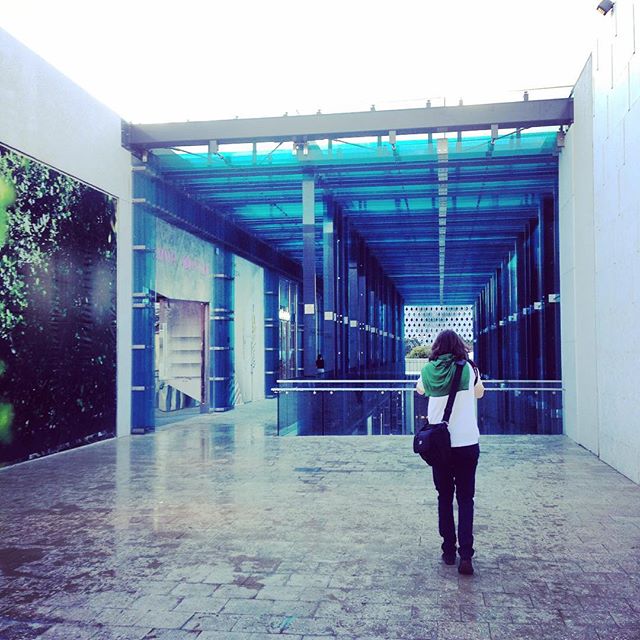
The Miami Design District. Photo: Sarah Cascone.
But what of Miami locals?
Longtime Miami-based collector, real estate developer, and philanthropist Craig Robins sees opportunity for the scene in the months ahead.
“So many people are going to spend the winter here, both in Miami and Palm Beach, similarly to what’s happening in Aspen and more recently in the Hamptons this past summer,” he says. “Really savvy galleries will figure out ways” to take advantage of those opportunities.
But the biggest consolation from the cancellation of Miami’s fairs may simply be the slowdown it has forced.
As Snitzer puts it: “People will have the opportunity for a much more quiet and intimate experience with the work that is available, in contrast to the generation that experiences art at crowded openings and art fairs, where you rush in and have five seconds to make a decision about buying a work.”